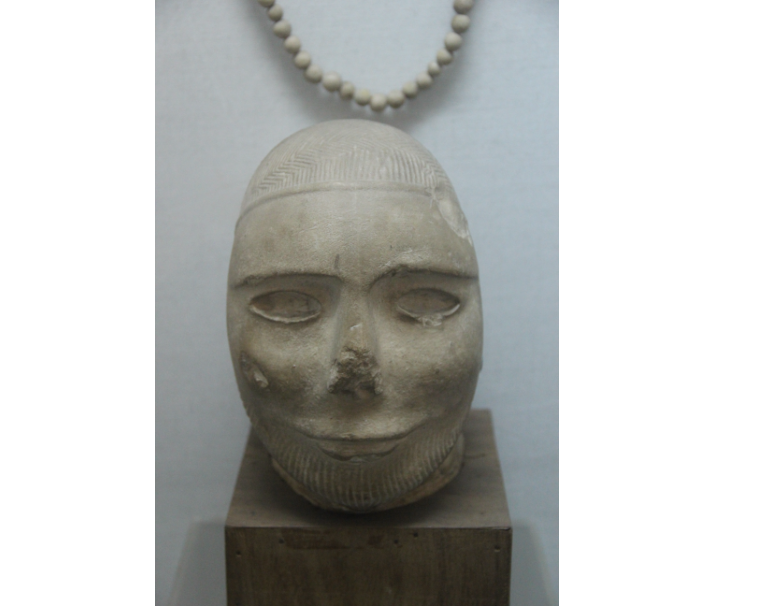1240: 2/2: #ClassicScience: Globalization 2000 BCE. Andrew Lawler @ScienceMagazine

Photo: Harappan (Indus Valley) Civilization Gallery, India National Museum, New Delhi. Complete indexed photo collection at WorldHistoryPics.com. http://JohnBatchelorShow.com/contact http://JohnBatchelorShow.com/schedules Parler & Twitter: @BatchelorShow 2/2: #ClassicScience: Globalization 2000 BCE. Andrew Lawler @ScienceMagazine http://science.sciencemag.org/content/344/6191/1440.full “…The work, still in the early stages, is shifting archaeologists' focus from the great empires at either end of the Silk Road—Rome and China—to the trade and influence of the vibrant societies in between. Until recently, many historians would have agreed with a 20th century French scholar who dismissed the world's third largest ocean as “scarcely more than an extension of the eastern Mediterranean.” A paucity of ancient texts and archaeological digs reinforced this parochial view. But the new evidence shows that from 2000 B.C.E. until the arrival of Europeans in 1498, the Indian Ocean network linked diverse societies on three continents, catalyzing industrial development and cultural changes from early Southeast Asia to medieval coastal Africa. It all sounds unexpectedly modern, says J. D. Hill, an archaeologist at the British Museum in London. “The surprise is that the world was interconnected long ago.”